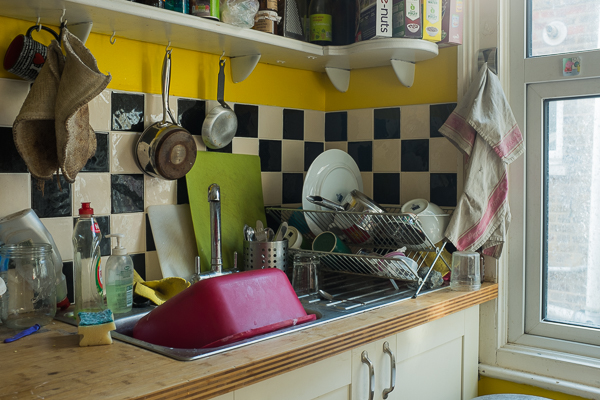“Go to the artist’s website and look at the other images in Shafran’s series. You may have noticed that Washing-up is the only piece of work in Part Three created by a man. It is also the only one with no human figures in it, although family members are referred to in the captions.
Coursebook (p.87)
1: Did it surprise you that this was taken by a man? Why?
While I cannot think of any male photographer’s whose work includes large chunks of the sort of scrutiny of their (naked) self that you find in Woodman’s work, or who would document the way going through IVF-treatment with their partner (or even just ” trying for a baby”) effects them in the way Brotherus does, there are plenty of women who take pictures of mundane details from their lives. Indeed, there is a strand of this running through Brotherus’ Annonciation.
So, I wasn’t at all surprised that Shafran’s washing up pictures were taken by a man, but I wouldn’t have been surprised if it had been taken by a woman either. Continue reading


